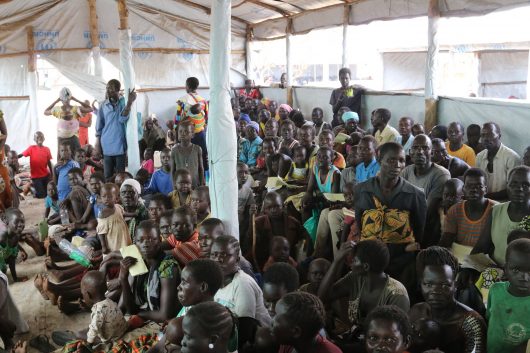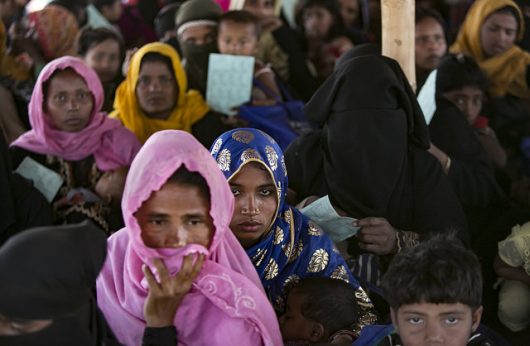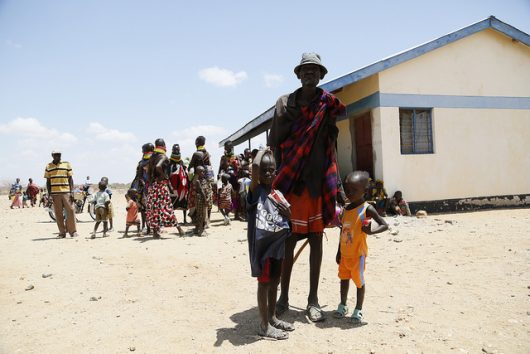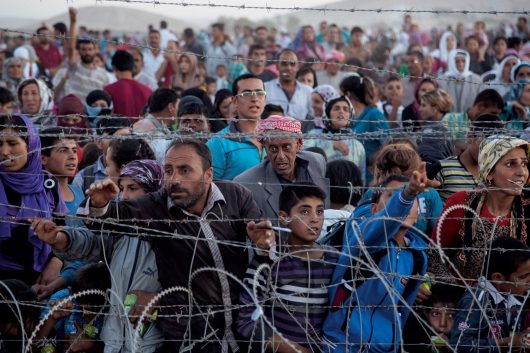
The general public is unable to form any positive conclusions from media sources due to how the media misrepresents Burundi. Through closer analysis, however, the public may see a shimmer of hope behind all the destruction that the media portrays is occurring in Burundi.
How Does the Media Portray Burundi?
The media portrays Burundi as economically unstable; however, this fact is only partially true. Population growth in Burundi continues to rapidly increase, leaving the nation fighting to support their growing nation.
Burundi’s economy is lacking in their growth rate with the population growth rate at 3.1 percent annually, and the GDP per capita not growing more than 1.5 percent even in the best of recent years. Because of these economic difficulties the country has endured, Burundi’s economy relies 49 percent on international financial aid.
International Aid
The media states that Western donors are in the process of cutting support towards Burundi, pushing the nation even more towards intolerable levels of poverty; however, in the past three years alone, the United States has donated over $135 million in foreign aid towards the country of Burundi.
Other organizations such as the World Bank pledged $440 million towards helping the country’s financial crisis, and the EU has already made firm commitments towards achieving this goal. Overall, donors have pledged over $2 billion for Burundi’s development strategy in order to rebuild the nation after its civil war and national political crises.
Internal Controversy
How the media misrepresents Burundi can also be seen in the violence occurring in the country due to political turmoil. Burundi’s president, Pierre Nkurunziza, who has been in office since 2005, released a referendum date for May 17 for a controversial constitutional reform. If this reform is passed, it would allow President Nkurunziza to remain in power until 2034 — an unjust situation that would cause public uproar.
The violence has increased to such a degree that the U.S. State Department has warned Americans not to travel to Burundi, and that Burundi citizens are trained to promote violence and on the path towards another civil war. However, this media representation fails to mention measures taken within the nation to ensure the people of Burundi have alternative methods to violence.
New Generation
Diedonné Nahimana, an award-winning Burundi citizen, created the program of New Generation in Bujumbura to coach victims of war to become ambassadors for peace. New Generation was created to provide victims or orphans of war with alternative opportunities for a successful life rather than turning to violence.
This program develops a new generation of leaders who will restore Burundi after their 12-year civil war, and hopefully prevent the return of war. The foundation of their teaching is based upon non-violence as in the steps of Ghandi and Martin Luther King Jr.
The dream is that by 2020, this new generation will control leadership positions in the country and teach this method of non-violence to others and ensure peace in the country. Due to all of this violence, more than a quarter of a million people have Burundi in terror, seeking refuge in other countries.
Global Priority
Despite this, sources claim that the world doesn’t seem to notice this violence occurring in Burundi and thus serve as another example of how the media misrepresents Burundi.
The people of Burundi are under constant persecution and live in terror in their country due to the political crises and increased poverty conditions; however, it is not the case that the world has turned their back on this African country. Since 2015, over 300,000 people have fled the country of Burundi, many to refugee camps in neighboring African countries where unfortunately, persecution and inhumane actions still exist.
Struggle and Sanctuary
Other countries, such as Canada, have developed methods to ensure Burundi refugees are welcome in their countries. Canada has designated refugee claims from Burundi which welcomes refugees into their country. In fact, Canada proudly holds a Burundian community of roughly 10,000 and continues to allow refugees inside its borders. The United States has also welcomed over 2,000 Burundian refugees in the past two years and the numbers increase daily.
Although Burundi endures many hardships from political crises, poverty and population growth, there is more good occurring in the country than what the media showcases to the public.
– Adrienne Tauscheck
Photo: Flickr







 The Syrian refugee crisis has been the world’s largest humanitarian crisis for the past six years. The U.S. government has made a decision to grant
The Syrian refugee crisis has been the world’s largest humanitarian crisis for the past six years. The U.S. government has made a decision to grant 
